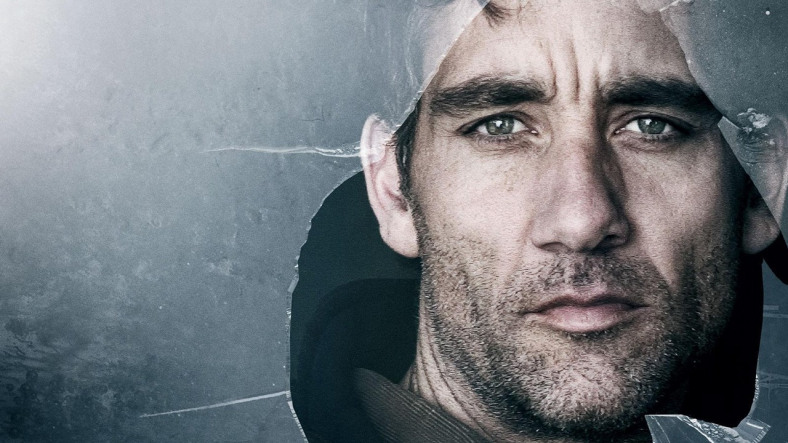
Virtuosic single take scenes are one of the key hallmarks of cinema. Whether it’s filming an entire scene in one distanced take or making use of steadicam or handheld cameras, an extended sequence with no cuts can immerse the viewer into the film, allowing us to process reality as the characters may see it.
There are many good effects of using this approach. Whether it’s to build suspense, show off the life that the characters have found themselves in, or simply to create a sense of spectacle and majesty, single takes are one of the most useful tools a director can have up their sleeve. And with advances in technology, including handheld cameras, steadicams, cranes and drones, expect long takes to rise in popularity.
In the list below we have assembled the ten best uses of a single take in cinema. We have chosen them not just because of their technical virtuosity, but for how they complement the film as a whole.
Whether its an extended shot that lasted an entire movie, or one inside a traditionally edited film that stands out as a remarkable sequence in itself, these scenes shot in a single take represent the very best of what cinema can do. Read on below to see what we have picked. Think we missed something important? Sound off in the comment section below!
10. Children of Men (Alfonso Cuarón, 2006) — Car Ambush
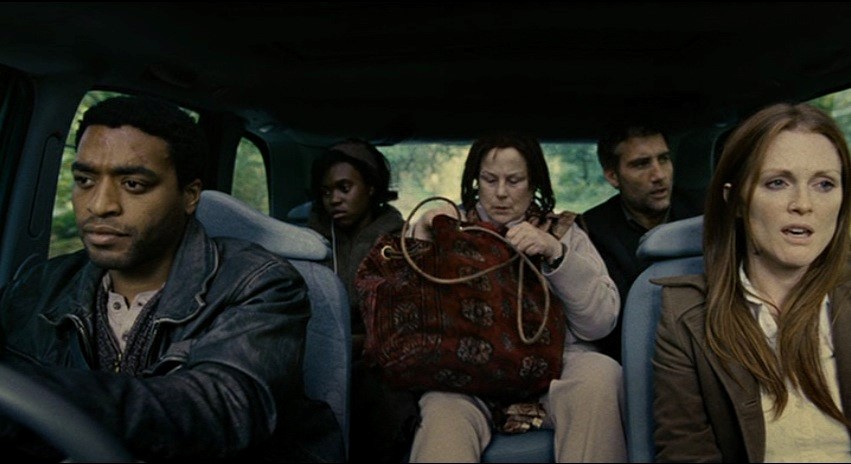
Alfonso Cuarón, often working with Emmanuel Lubezki, is the modern master of the long take. We could’ve easily included Roma’s beach rescue or Gravity’s opening scene, or even other scenes from Children of Men on this list, but we’ve gone for the iconic car ambush scene from Cuarón’s dystopian thriller.
Spanning over three minutes, it goes from banality to mayhem in just a few seconds. It’s a truly shocking moment to see Julianne Moore’s character die so suddenly, especially considering that she was so alive and playful just before and the relative fame of the actress.
By allowing everything to happen within the same take, Cuarón shows how happiness and tragedy are never too far away from one another. It works perfectly for the film’s themes, which is all about trying to survive and maintain humanity in the face of such devastation. By filming it all in one take, all of these emotions are intrinsically linked, giving Children of Men its extraordinary power.
9. Weekend (Jean-Luc Godard, 1967) — Traffic Jam
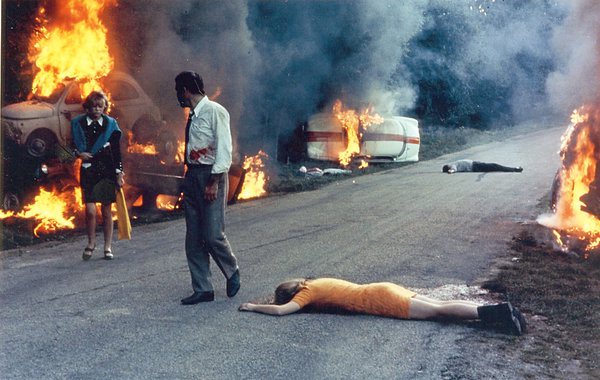
Jean-Luc Godard often panned his camera from left to right, then back again. Sometimes for dramatic effect, sometimes just for the sake of it. But in Weekend his long tracking shot provides nothing less than summation of Modern France itself.
Telling the story of a young couple who decide to escape from Paris for the weekend, it is by far the best of his picaresque adventures. At its centrepiece is an interminable tracking shot of jammed cars that runs on for three-quarters of a mile.
Ever the cryptic director, Godard himself remarked that “Politics is a traveling shot”. The idea with this sequence is to see France as a country that has become so jam-packed with useless stuff that it simply cannot move on. Additionally, it means that the couple must leave their car, setting in motion the bizarre, highly politicised journey to follow. Possibly the most famous sequence in his entire filmography.
8. Oldboy (Park Chan-Wook, 2003) — Corridor Fight Scene
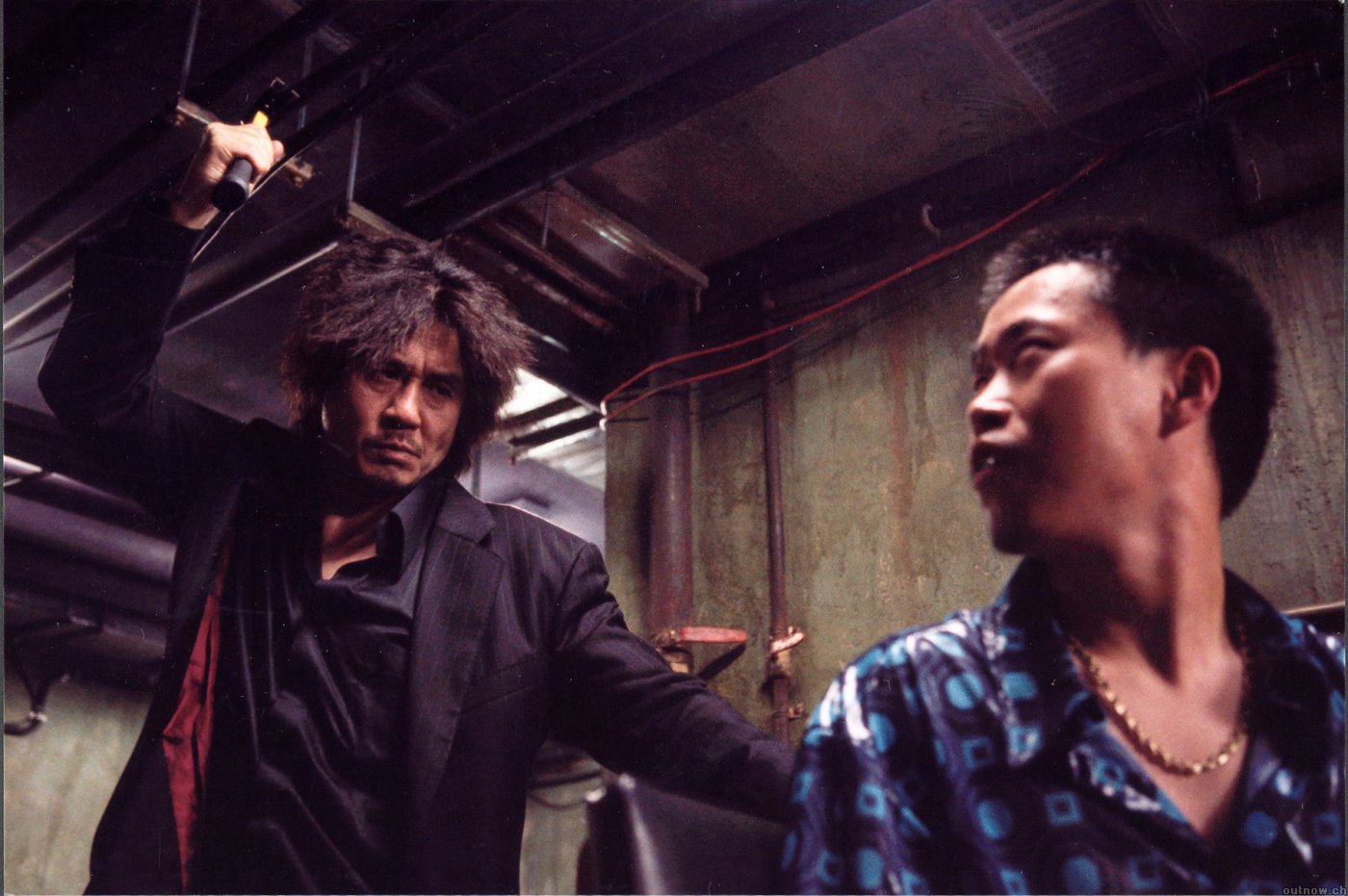
The genius of Oldboy’s massive fight scene —in which our protagonist takes on scores of enemies equipped only with a hammer — lies in its simplicity. The camera only has one perspective, giving us a full glance into what is happening like it is a 2D action game. When the fists start flying, it is the choreography of bodies slamming together that gives it its bone-crunching feel.
Dae-su Oh might be able to defeat scores of enemies, but there is a real sense here that it comes at great physical cost. This dovetails nicely with the themes of the movie, where he tries to persist against all costs to do what he thinks is right. If it was shot in a traditional way, this feeling would’ve been lost and his strength unrealistic. The inspiration of this hallway fight scene can be seen more recently in the TV show Daredevil, which featured more than one epic close quarters encounter, and The Raid.
7. The Player (Robert Altman, 1992) — Opening Scene
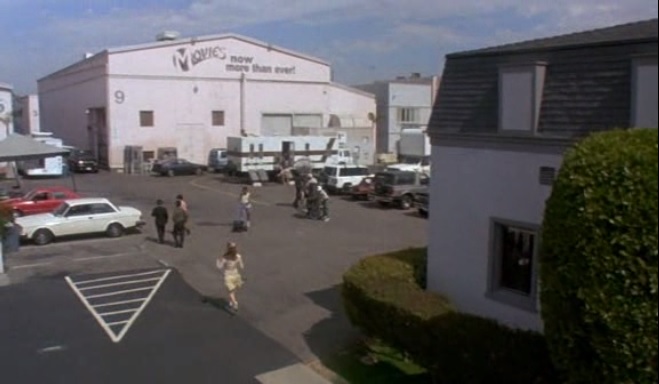
The most meta-tracking shot on the list — even referencing Touch of Evil through its tongue-in-cheek dialogue — The Player’s opening scene is a homage to the power of tracking shots themselves.
The brilliant eight minute shot takes place in a production studio itself, starting with a secretary picking up a call, then following our protagonist — a soulless producer — and various players as they discuss the business of movies. Robert Altman’s overlapping dialogue is in full force here, allowing us to really get a sense of what Hollywood was like at the time.
This tracking shot perfectly suits the themes of the film, which is all about the inner machinations of the movie business. Ironically the skill of this shot belies one of the themes of the film, which believes that modern cinema has lost its way. Like Touch of Evil, it has a narrative point too, finally resting on the threatening letter the producer receives from an anonymous source, thus setting into motion the themes of the movie.
6. Russian Ark (Alexander Sokurov, 2002) — Entire Film
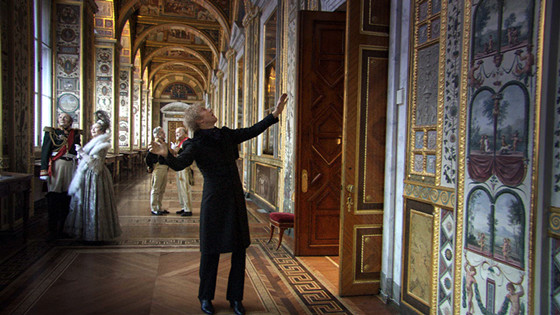
Taking place almost entirely in the Winter Palace of the Hermitage Museum, Saint Petersburg, Russian Ark is not only the best virtual tour of a museum you could ever hope for, but a stunning, experimental dreamlike exploration of the city’s history. Shot entirely on steadicam in a one-take 96 minute sequence, it is probably the most virtuosic tracking shot of all time — taking in grand balls, imperial audiences, modern day tour guides and more in its imperious sweep.
It is a truly experimental film. The film is shot in the first person, with the narrator meeting a strange character known as “The European” who shows him around the different rooms of the majestic Winter Palace. Time collapses here, moving between past and present with ease. The flowing camerawork gives the film an uncanny feel. This is a true example of where theme and form link together perfectly.